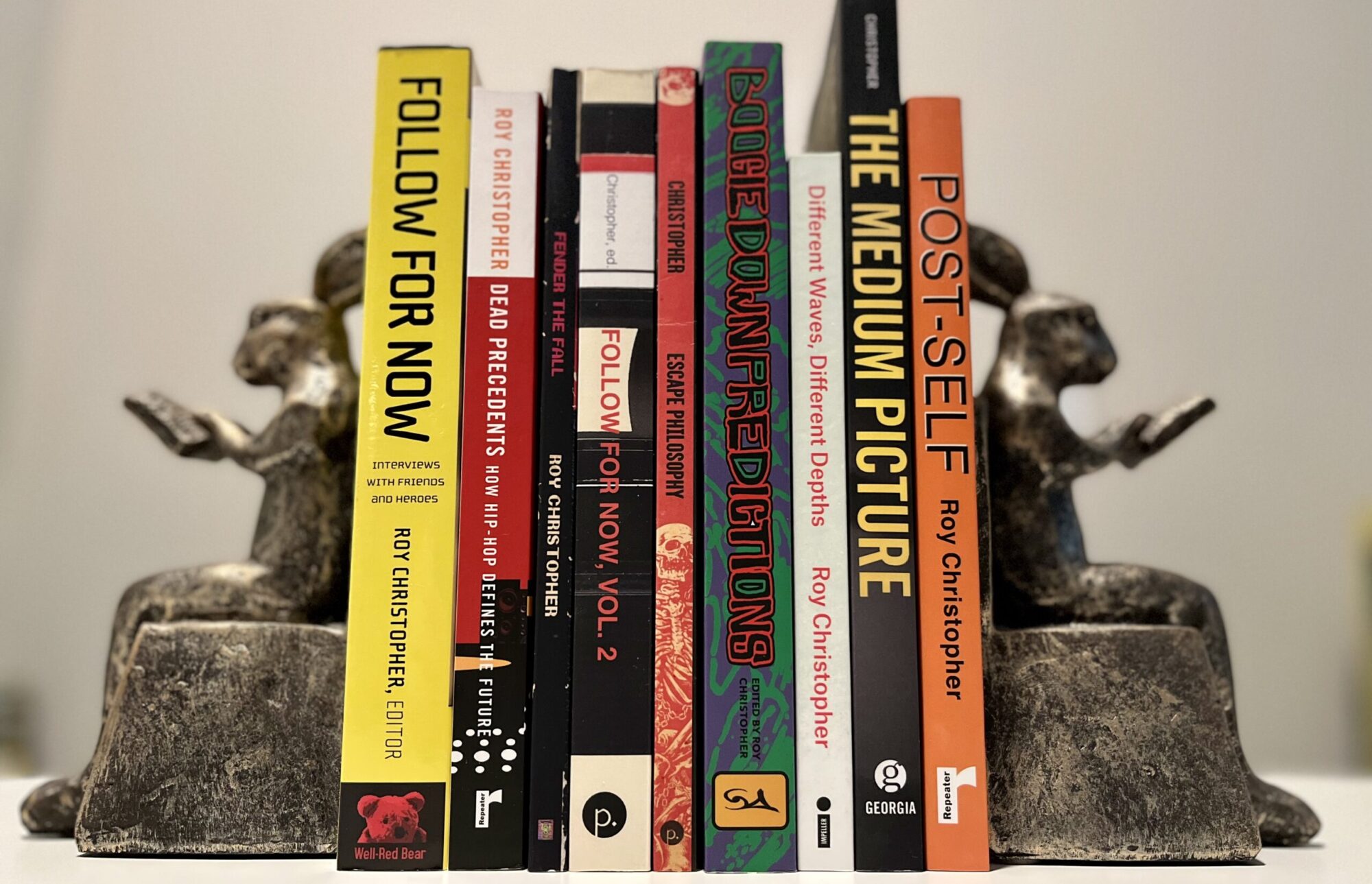While I don’t agree with everything in Steven Johnson’s semi-recent book, Everything Bad is Good for You, it does present an interesting lens through which to reexamine pop culture. In a theory he calls “The Sleeper Curve,” Johnson states that pop culture is getting more cognitively demanding, not less, as is conventionally assumed. Johnson bolsters his theory with examples from video games, television, and film. Though he doesn’t mention it, where hip-hop is concerned, I couldn’t agree with him more.
1988 is widely considered hip-hop’s peak, the heyday of its Golden Age, and I’ve heard it said so many times that hip-hop is dead, that it’s lost its way, that is sucks now. This is simply not true, and The Sleeper Curve explains part of why.
 A big part of the why is simply a quantity theory: There’s more hip-hop of every kind out now than there has ever been, therefore there’s more good hip-hop out now than there ever has been. But with the increase in quantity, there has also been an increase in quality, that is, if we take quality to mean more complex, more cognitively challenging, as Johnson does.
A big part of the why is simply a quantity theory: There’s more hip-hop of every kind out now than there has ever been, therefore there’s more good hip-hop out now than there ever has been. But with the increase in quantity, there has also been an increase in quality, that is, if we take quality to mean more complex, more cognitively challenging, as Johnson does.
Today’s hip-hop head is tasked with several cognitive feats when following a typical song. One is increasing layered slang terms. Where words like “word,” “wack,” and “def” are antiquated parts of the hip-hop lexicon, repurposed terms such as “famous” (dead), “shook” (scared), and “whip” (car) are newer. Still newer words and phrases come and go like any other fashion. Getting “brain” evolved from getting “head,” which as we all know is a euphemism for oral sex. An older one, “Swayze” (as in Patrick Swayze), is used in place of the previous term “ghost” to mean that one has left the area. A listener has to hold several things in his or her head at once to extract meaning from terms used as such. Repeated listenings are rewarded with deeper meaning (supporting another tenet of Johnson’s Sleeper Curve theory).
Wordplay is the backbone of rap’s poetic bent, and, since its inception some four decades ago, the wordplay has only gotten more intricate. The use of homonyms and homophones has emerged as a major form in the past few years. When Kanye West raps, “they can’t cop cars without seeing cop cars,” he’s using the same two words to mean two entirely different things. Similarly, Jay-Z intones, “I’m not a businessman; I’m a business, man.” Same words. Different meaning.
Another increase in complexity is the intertextual reference to previous works by the same artist, previous works by other hip-hop artists, and previous works by other musicians, as well as pop cultural references (e.g., to movies, TV shows, cartoon characters, etc.). When Eminem states, “I am whatever you say I am. If I wasn’t then why would I say I am?” he’s referencing Rakim’s lyrics from 1988, “I’m the R to the A to the K, I, M. If I wasn’t then why would I say I am?” The Eminem song works if the listener doesn’t know that, but if he or she does, it adds another level of meaning and complexity to the song. He’s commenting on his image in the media, but he’s also paying homage to the music he came up listening to. This layering of meaning is a core part of the very art of hip-hop.
One of my favorite exemplars of multilayered lyrics is the following bar by Talib Kweli from his and Mos Def’s Black Star record. This is from a song called “Respiration”:
Killers born naturally like Mickey and Mallory
Not knowing the ways’ll get you capped like an NBA salary
Unpacking these lyrics reveals almost as many references as there are words. So layered are these lines that their similes enter the pataphysical realm – and that’s only two lines!
Sure, Kweli is one of the most intricate lyricists in hip-hop, but where the radio hip-hop of late 80s sported MC Hammer, DJ Jazzy Jeff and the Fresh Prince, and Tone Loc, the late 90s had Biggie Smalls, Jay-Z, and Snoop Dogg. If you know anything about the artists I just mentioned, you know that the latter’s lyrics and subject matter are much more complex than the former’s. The multilayered samples of hip-hop music often carry meaning as well, from full-on interpolations (e.g., “Street Dreams” by Nas from “Sweet Dreams” by The Eurythmics) to simple chorus hooks (e.g., “I Got the Knack” by Everlast, rapped over a guitar hook lifted from The Knack’s “My Sharona”). Today’s hip-hop fan has a full range of artists and styles from which to choose, and it can get as challenging as one wants.
I have often said that hip-hop is simultaneously the best and worst music being made at any given time. Well, overall, it’s better right now than it ever has been, and it’s good for you, too.

